Fingerprinting The Deceased
Sometimes, investigators have the unpleasant task of identifying a body that’s not in the best of conditions. Decomposition, animal scavengers, and even murderers can often alter a body’s condition so much that a visual ID is impossible. In those situations, fingerprinting the deceased may be the best method available for learning the victim’s name.
(Keep in mind, the following procedures and techniques are normally performed in the morgue by the coroner or medical examiner, not police detectives).

Occasionally, all that’s needed is a standard ink pad and ten-print card (above). Other times, the joints are rigid and unbendable, so investigators must use finger straighteners to help unclasp the digits.
Finger straightners
Horizontal ink rollers are easier to use on the fingers of the dead than the standard vertical ones.
Investigators use printing spoons and fingerprint card strips to print the fingers of the dead. (Photo – FBI)
Printing spoons
Single-digit, pre-inked pads are more convenient than the standard pads normally used where investigators roll ink onto a large, hand-size pad.
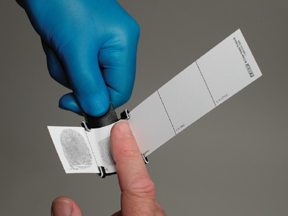
Print strip
Flesh is often decomposed, or too soft, to take a print; therefore, investigators inject a solution called tissue builder into the fingertips to make the skin firm enough to print.
Tissue building kit.
Sometimes, the fingers are too badly twisted, or they’re clasped too tightly together to take a print, so investigators remove them from the hand. To do this they use bone snips.
Bone snips
When all else fails, investigators cut off the stiff finger, strip the skin away from the bone, and place the fingertip skin over the end of their own finger. Then they apply ink to the tiny “glove” and press it to a fingerprint card. A perfect print!
To recover prints from the body of a murder victim, investigators can perform standard brushing techniques with magnetic or other powders. They can also place the entire body in a plastic tent and fume it with Superglue just like they would with any other piece of evidence.
* This is a repeat article. My wife’s 104-year-old grandmother fell on Mother’s Day and broke her hip/femur. As a result, she had surgery yesterday to help alleviate the pain. Since the break was so severe there’s no real fix. Anyway, we’ll be traveling most of the day today on our way to the hospital. We’ll be back on schedule soon. Thanks for your patience.
background: #bd081c no-repeat scroll 3px 50% / 14px 14px; position: absolute; opacity: 1; z-index: 8675309; display: none; cursor: pointer; top: 228px; left: 20px;”>Save




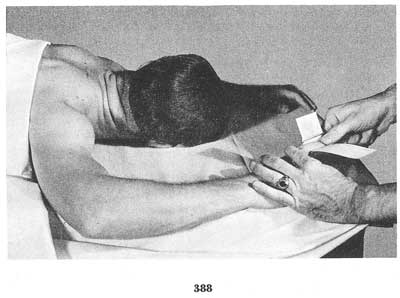
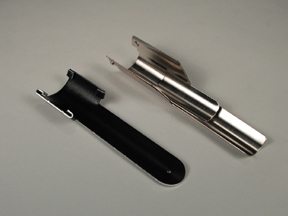
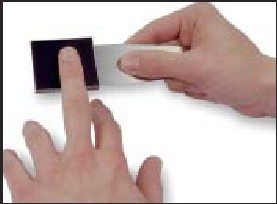
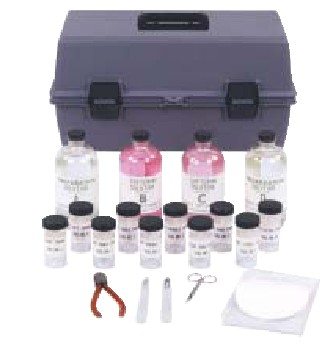
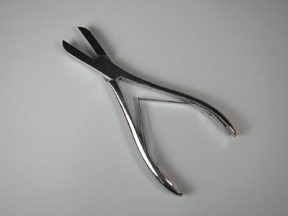



My thoughts and prayers go out to your and your wife, as well as Grandma. Safe trip. Thanks for the reminder of things I’ve forgotten about.
Praying for your wife’s grandmother and for safe travel for both of you.
The repeat articles are welcome! No worries, there.
I hope Grandma gets out of the hospital soon!
The repeat articles don’t bother me, you have so much information on this site its okay to go back through old posts.
I hope your wife’s grandmother is comfortable and surrounded by family, Lee.
Family comes first. We’ll all be here when you get back.